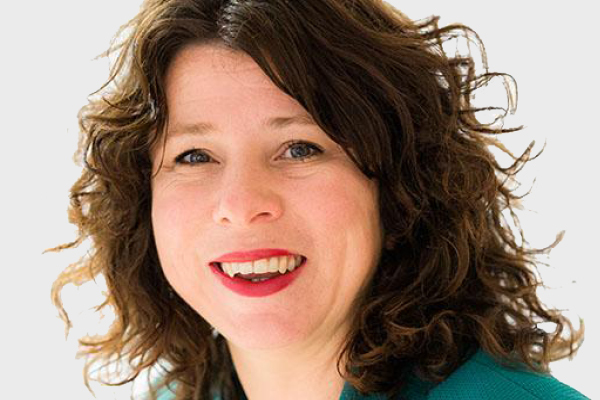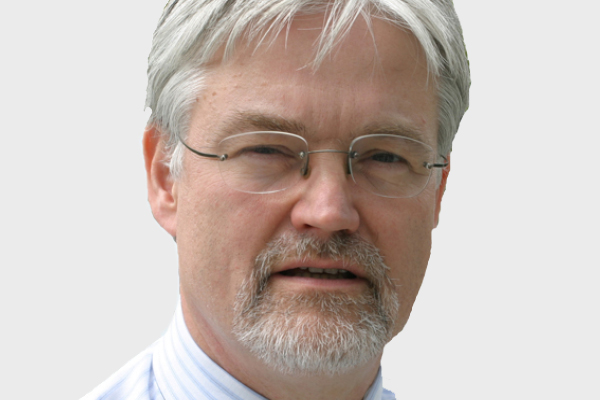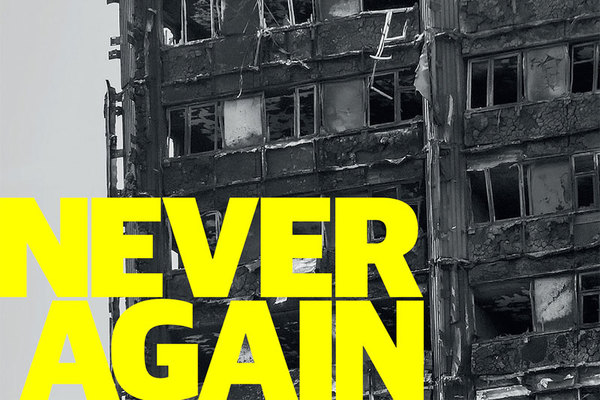You are viewing 1 of your 1 free articles

We must develop new structures to listen to tenants
The Grenfell Tower tragedy isn’t the first time tenants’ concerns should have been listened to, says Frances Clarke of charity Community Links

The National Tower Blocks Network, a Community Links project, was set up in 1984 to gather and share information about the social and structural problems in tower blocks and to promote solutions to these problems.
Key among these issues was fire safety. What a tragedy we weren’t listened to.
Community Links, an independent social action charity in east London, gathered information from local authorities, tenants groups and other interested professionals such as architect Sam Webb.
We found early on that owners of blocks and even the Department of the Environment (the department responsible for housing at the time) knew little about the stock.
“Tenants’ experiences do highlight issues that are vital.”
Original drawings were often not available – perhaps never kept, perhaps lost or destroyed. Log books and records of alterations and refurbishment works were not maintained.
We, the least ‘expert’ people, became the source of much knowledge.
In a meeting between tenants representatives and the Department of the Environment, we were told by officials that no Reema large panel blocks existed that were more than 19 storeys high.
“Tell that to the tenants of the 25th floor of Roystonhill,” rebuffed Eileen McCloy, leader of a tenants’ association in Glasgow at the time.
Tenants’ experiences do highlight issues that are vital.
In these Reema blocks a tenant on a high floor spilt some paint while decorating and the paint ran down the cracks and appeared two floors below.
This cannot happen in an effectively compartmentalised flat.
Tenants insisted that these Reema blocks be structurally surveyed and their fears were proved right when all were found to be outside of building regulations and had to be demolished.
The same phenomenon was reported by tenants of the notorious Ronan Point block in Newham, east London. They spoke up at the first National Tower Blocks Conference in 1983 to say that they could smell the dinner being cooked 20 floors below and hear the conversations of people far above and far below them.
This alerted Mr Webb to the possibility that although Ronan Point had been rebuilt after its progressive collapse in 1968, it was still structurally weak. He and his students carried out a survey of Ronan Point and did find indications that the structure was unsound.
A fierce campaign followed involving tenants of the nine Ronan Point-style blocks. The blocks became unmanageable.
Newham Council agreed to move everyone out and to offer Ronan Point to the government for structural tests. It was taken down and inspected floor by floor.
Tenants’ concerns were proven to be correct. The buildings would have collapsed in a fire, high wind or explosion.
The weak structure that had led to the original collapse, which killed five people, had not been rectified.
“We must implement new democratic structures that change the balance of power.”
The workmanship was discovered to be appalling, with newspapers and drink cans found in the joints instead of concrete. The flats were not able to contain a fire for one hour, as the fire test dramatically demonstrated when it had to be stopped after 11 minutes.
Why was this experience not learned from?
In Grenfell Tower, tenants had raised several serious worries about the fire safety of their building, including the flammability of the cladding.
Why was this experience ignored and derided?
Why were people who spoke up discounted as a nuisance?
What can we do to stop this continuing to happen?
Even in the 1980s and 1990s with a National Tower Blocks Network we weren’t able to get our voices heard; we weren’t able to make all blocks safe.
It is much harder now, with no resources for this type of tenant support or for campaigning and legal aid.
We must implement new democratic structures that change the balance of power and that amplify – not stifle – tenants’ voices.
This must be part of the terrible legacy of Grenfell Tower.
Frances Clarke, head of programmes, Community Links












